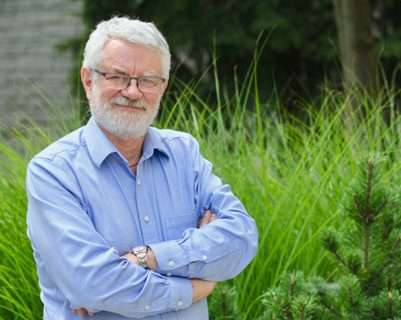Invited Talk: Terry Peters – Heart-valve Modeling – The Robarts Experience, June 30th 2023, 10:15 AM CET with Zoom Live Stream
We have the great pleasure to welcome Terry Peters to our lab for an invited presentation. We are all looking forward to this exciting event!
Title: Heart-valve Modeling – The Robarts Experience
Date: June 30th 2023, 10:15 AM CET
Location: Martensstr. 3, Room 02.152-113 / https://fau.zoom.us/j/69912621123
Abstract: Beginning a decade ago, faced with the need to develop an alternative to live animal models for evaluating minimally invasive cardiac procedures, Dr. Peters’ lab initiated the development of a mechanical left ventricular device. The primary objective was to create a device capable of simulating realistic flow through patient-specific mitral and aortic valves. Over time, this device has evolved into a versatile platform that enables surgeons to rehearse and train for procedures using patient-specific valves. Additionally, it allows for the evaluation of the effectiveness of a particular intervention on an individual patient basis. This presentation provides an overview of the motivation behind the development of our cardiac simulator, as well as the workflow for creating patient-specific valves and assessing patient-specific procedure rehearsals.
Short Bio: Terry Peters’ interest in engineering as a teenager led him to study Electrical Engineering at the University of Canterbury in NZ. Upon entering graduate school, his advisor asked him to embark on a project to reconstruct cross-sectional images from x-rays. This topic (now known as CT scanning) provided the ideal bridge between engineering and medicine. This work ultimately led him to an academic position at McGill University and the Montreal Neurological Institute, where he had the opportunity to work with surgeons to apply engineering and imaging technology to guide surgeons during neurosurgery procedures. Terry’s subsequent move from Montreal to London and the Robarts, allowed him to expand his interests in combining imaging and surgery beyond the brain. Currently, programs exist in his lab dealing with cardiac and urological surgery in addition to the brain.
